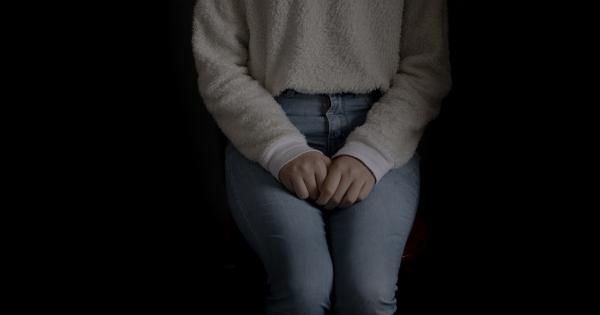Having an anxious pooch can be a challenging experience for both pet owners and their furry friends.
Dogs, just like humans, can experience anxiety for a variety of reasons, ranging from separation anxiety to fear of loud noises or unfamiliar environments. It’s important for pet owners to understand how to calm their anxious pooch and provide them with the support they need. In this article, we will explore three effective strategies that can help soothe and comfort your anxious pooch.
1. Create a Calm Environment
One of the first steps to calming an anxious pooch is to create a calm and safe environment for them. Dogs are highly sensitive to their surroundings, and a chaotic or stressful environment can escalate their anxiety.
Here are some tips to create a calm environment:.
- Designate a quiet space: Set aside a specific area in your home where your dog can retreat to when they feel overwhelmed. This area should be quiet and away from any sources of noise or commotion.
- Provide a cozy den: Dogs feel secure in enclosed spaces, so providing a crate or a cozy den-like bed can help them feel safe. Make sure the den is comfortable and stocked with their favorite toys or blankets.
- Avoid loud noises: Loud noises can trigger anxiety in some dogs. Try to minimize loud sounds such as vacuuming or loud music, especially when your dog is already showing signs of anxiety.
2. Establish a Consistent Routine
Dogs thrive on routine and predictability. Establishing a consistent daily routine can help reduce anxiety in your pooch. Here’s how you can establish a routine:.
- Stick to a feeding schedule: Feed your dog at the same times each day. This helps them anticipate and expect their meals, reducing any anxiety related to food.
- Set regular exercise times: Dogs need regular exercise to burn off energy and reduce anxiety. Establish a specific time each day for exercise, whether it’s a walk, playtime, or a trip to the dog park.
- Create a bedtime routine: Just like humans, dogs benefit from a bedtime routine. Establish a consistent routine before bed, such as a final walk, followed by quiet time and settling down in their designated sleeping area.
3. Implement Calming Techniques
In addition to creating a calm environment and establishing a routine, there are specific calming techniques that can help ease your anxious pooch’s stress and anxiety. Here are three effective techniques:.
H2: Aromatherapy
Aromatherapy can be beneficial for anxious dogs. Certain scents, such as lavender or chamomile, have calming properties that can help soothe your dog’s nerves.
You can introduce aromatherapy by using essential oils in a diffuser or by using dog-friendly products specifically designed for canine aromatherapy.
H2: Massage
Massaging your dog can help release tension and promote relaxation. Begin by gently petting your dog with long, slow strokes along their body. Pay attention to areas where your dog holds tension, such as the neck or shoulders.
Apply gentle pressure and circular motions to help relieve any muscular tightness.
H2: Music Therapy
Music has a profound effect on the human mind, and it can also benefit dogs. Playing calming and soothing music can help drown out loud noises that may trigger anxiety in your pooch.
Look for specially curated playlists or albums designed specifically for dogs, featuring tranquil melodies and soothing sounds of nature.
Conclusion
Helping your anxious pooch find relief from their anxiety is possible with the right strategies and techniques.
By creating a calm environment, establishing a routine, and implementing calming techniques such as aromatherapy, massage, and music therapy, you can provide your furry friend with the support and comfort they need. Remember, every dog is unique, so it may take some trial and error to find the best methods that work for your pooch. With time, patience, and love, you can help your anxious pooch live a happier and more relaxed life.





























